As the pandemic continues to destroy the economy, the government guarantees no one will earn less than about $500 a month.
[Photo: Jack Gisel/Unsplash]
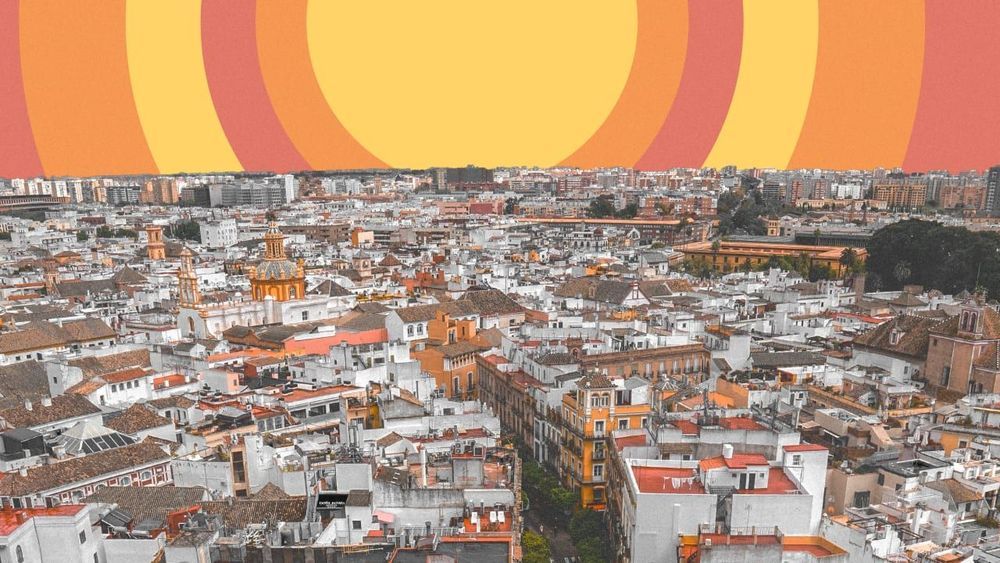
As the pandemic continues to destroy the economy, the government guarantees no one will earn less than about $500 a month.
[Photo: Jack Gisel/Unsplash]

Now abandoned bikes are strewn across the streets, the leather-covered massage chairs are empty amid worries over cleanliness and people are ordering more of their daily necessities online and avoiding malls altogether. After weeks of lockdowns and social distancing measures to combat the spread of the virus, many people are asking whether this fabled part of China’s shiny new tech-driven economy will ever recover its former glory.
Experts say that consumer behaviour has changed irrevocably as a result of Covid-19 – and that the sharing economy must adapt.
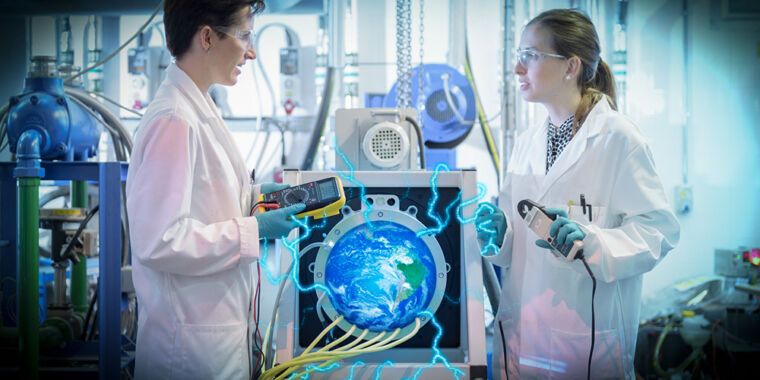
In 2010, a lithium-ion battery pack with 1 kWh of capacity—enough to power an electric car for three or four miles—cost more than $1,000. By 2019, the figure had fallen to $156, according to data compiled by BloombergNEF. That’s a massive drop, and experts expect continued—though perhaps not as rapid—progress in the coming decade. Several forecasters project the average cost of a kilowatt-hour of lithium-ion battery capacity to fall below $100 by the mid-2020s.
That’s the result of a virtuous circle where better, cheaper batteries expand the market, which in turn drives investments that produce further improvements in cost and performance. The trend is hugely significant because cheap batteries will be essential to shifting the world economy away from carbon-intensive energy sources like coal and gasoline.
Batteries and electric motors have emerged as the most promising technology for replacing cars powered by internal combustion engines. The high cost of batteries has historically made electric cars much more expensive than conventional cars. But once battery packs get cheap enough—again, experts estimate around $100 per kWh for non-luxury vehicles—electric cars should actually become cheaper than equivalent gas-powered cars. The cost advantage will be even bigger once you factor in the low cost of charging an electric car, so we can expect falling battery costs to accelerate the adoption of electric vehicles.

As Internet of Things (IoT) devices rapidly increase in popularity and deployment, economic attackers and nation-states alike are shifting their attention to the vulnerabilities of digital integrated circuit (IC) chips. Threats to IC chips are well known, and despite various measures designed to mitigate them, hardware developers have largely been slow to implement security solutions due to limited expertise, high cost and complexity, and lack of security-oriented design tools integrated with supporting semiconductor intellectual property (IP). Further, when unsecure circuits are used in critical systems, the lack of embedded countermeasures exposes them to exploitation. To address the growing threat this poses from an economic and national security perspective, DARPA developed the Automatic Implementation of Secure Silicon (AISS) program. AISS aims to automate the process of incorporating scalable defense mechanisms into chip designs, while allowing designers to explore chip economics versus security trade-offs based on the expected application and intent while maximizing designer productivity.
Today, DARPA is announcing the research teams selected to take on AISS’ technical challenges. Two teams of academic, commercial, and defense industry researchers and engineers will explore the development of a novel design tool and IP ecosystem – which includes tool vendors, chip developers, and IP licensors – allowing, eventually, defenses to be incorporated efficiently into chip designs. The expected AISS technologies could enable hardware developers to not only integrate the appropriate level of state-of-the-art security based on the target application, but also balance security with economic considerations like power consumption, die area, and performance.
“The ultimate goal of the AISS program is to accelerate the timeline from architecture to security-hardened RTL from one year, to one week – and to do so at a substantially reduced cost,” said the DARPA program manager leading AISS, Mr. Serge Leef.
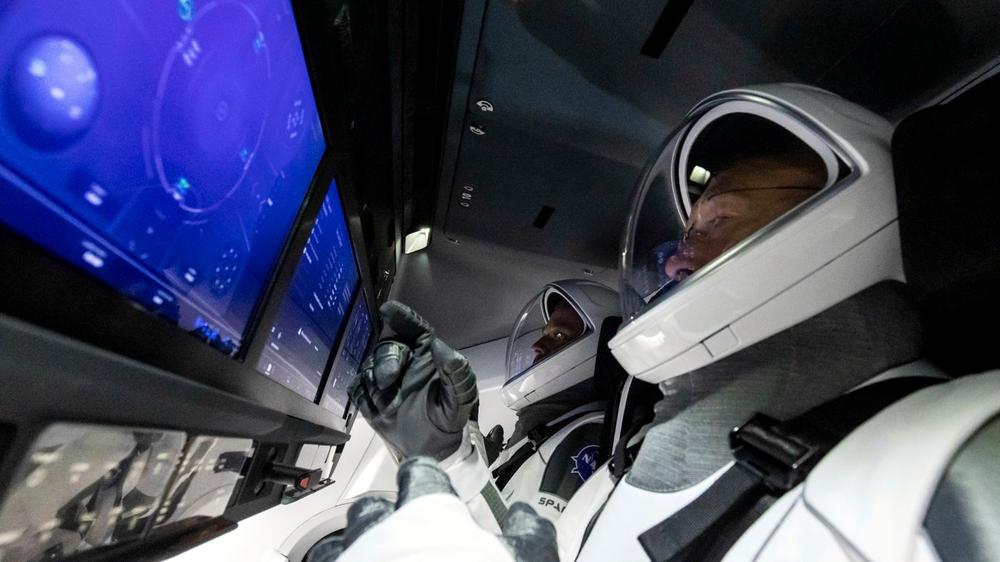
Still, commercial crew has managed to move faster and stay on budget compared to other NASA projects which explicitly eschew private capital and insist that NASA is the only suitable customer for their wares. The agency estimates it saved as much as $30 billion by building its new spacecraft this way.
What if THIS is the most important thing that happens in 2020?

The United Nations International Day of Happiness (UNIDOHappiness) recognizes happiness as a fundamental human right and goal, and is celebrated every March 20, forever.
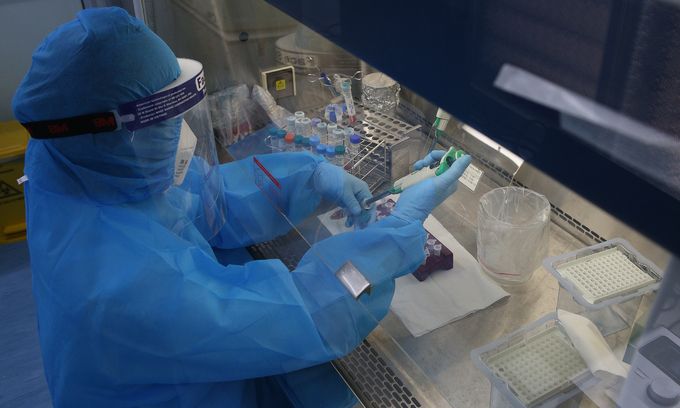
The prestigious news outlet mapped the performance of 30 leading economies by plotting their public health and economic outcomes and grouping them based on whether they have instituted light, moderate or severe restrictions on commerce and social interactions.
The matrix included countries and territories’ economic outcomes, including the benchmarks of GDP, unemployment and fiscal stimulus packages and health outcomes based on testing, infection and death statistics provided by health ministries and government authorities and graphed by Worldometer and Johns Hopkins University.
As seen in the ranking chart, Vietnam stands at the furthest end with “better public health outcome,” with Taiwan coming close, followed by New Zealand, South Korea, Iceland, Argentina and Australia.
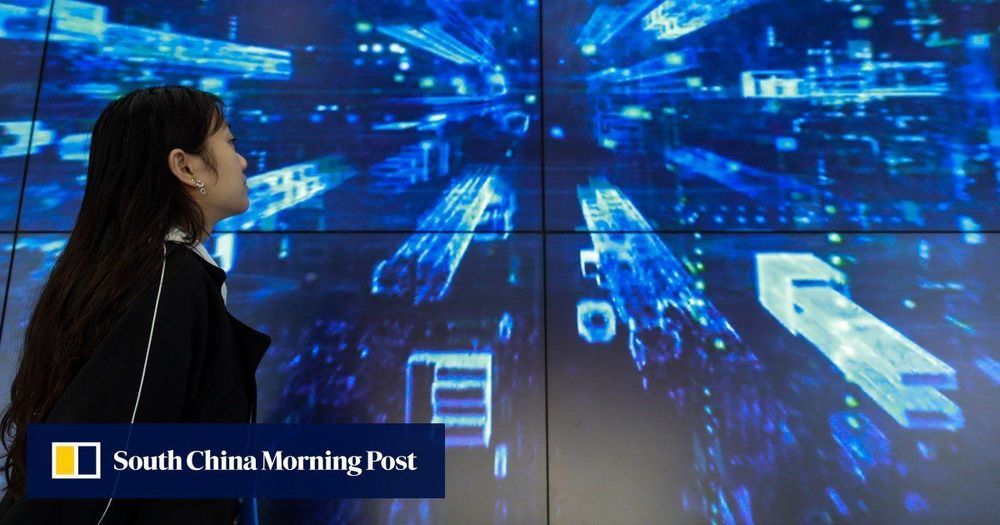
China is no stranger to far-reaching plans with massive price tags that appear to achieve little. There is no guarantee this programme will deliver the economic rejuvenation its proponents promise. Unlike previous efforts to resuscitate the economy with “dumb” bridges and highways, this newly laid digital infrastructure will help national champions develop cutting-edge technologies.
The tech investment push is part of a fiscal package waiting to be signed off by China’s legislature, the National People’s Congress, which convenes this week.

Russian researchers from HSE University and Open University for the Humanities and Economics have demonstrated that artificial intelligence is able to infer people’s personality from ‘selfie’ photographs better than human raters do. Conscientiousness emerged to be more easily recognizable than the other four traits. Personality predictions based on female faces appeared to be more reliable than those for male faces. The technology can be used to find the ‘best matches’ in customer service, dating or online tutoring.
The article, “Assessing the Big Five personality traits using real-life static facial images,” will be published on May 22 in Scientific Reports.
Physiognomists from Ancient Greece to Cesare Lombroso have tried to link facial appearance to personality, but the majority of their ideas failed to withstand the scrutiny of modern science. The few established associations of specific facial features with personality traits, such as facial width-to-height ratio, are quite weak. Studies asking human raters to make personality judgments based on photographs have produced inconsistent results, suggesting that our judgments are too unreliable to be of any practical importance.

“Almost 21 million Americans have at least one addiction, yet only 10% of them receive treatment. Drug overdose deaths have more than tripled since 1990. From 1999 to 2017, more than 700,000 Americans died from overdosing on a drug. Alcohol and drug addiction cost the U.S. economy over $600 billion every year.”
Addiction is more common than many realize. Millions of Americans of all walks of life struggle with drug and alcohol addiction every day.